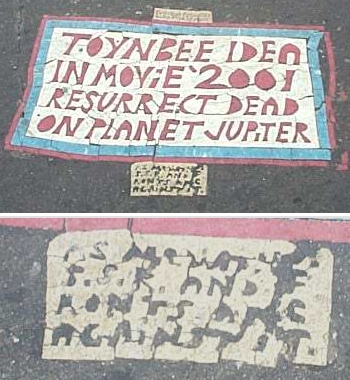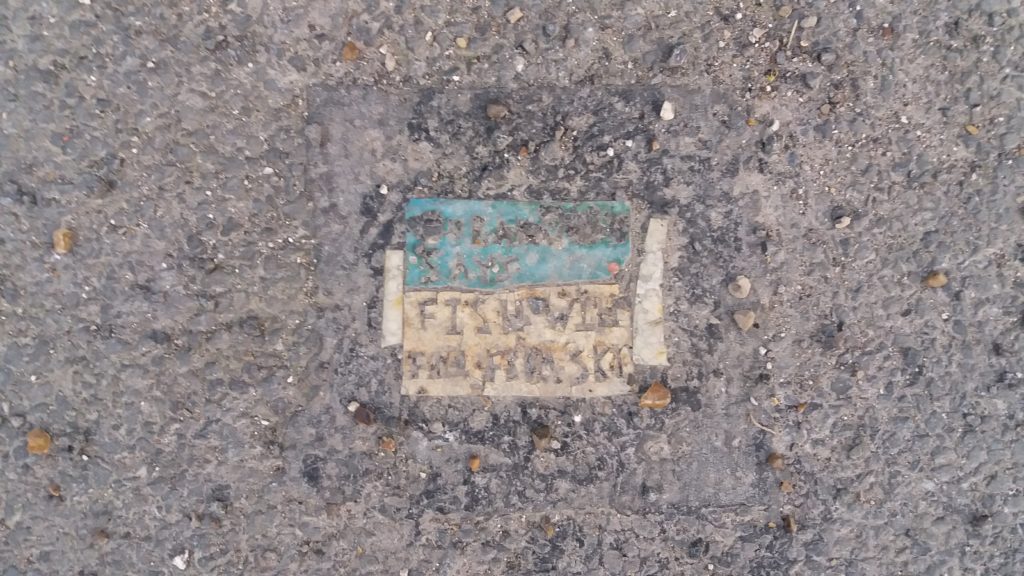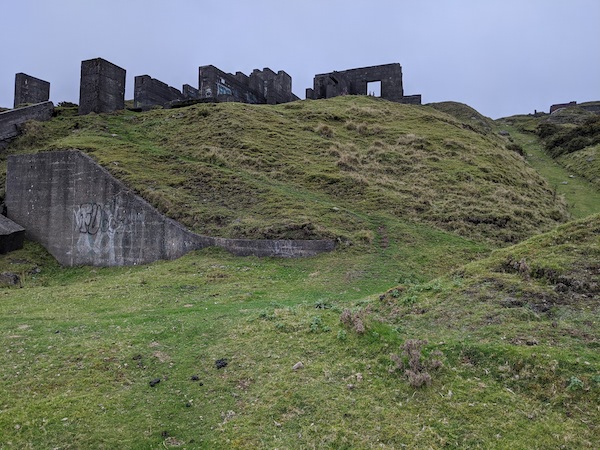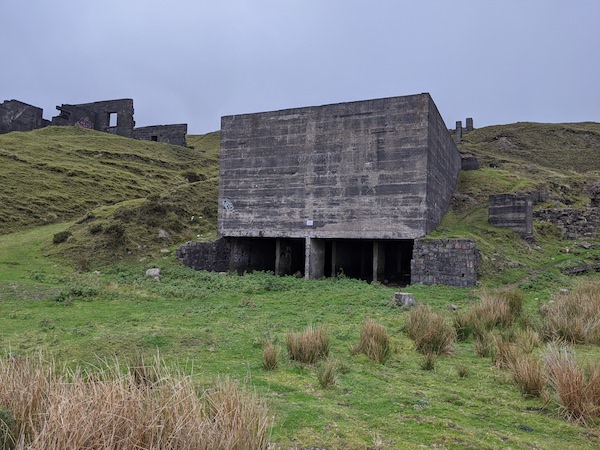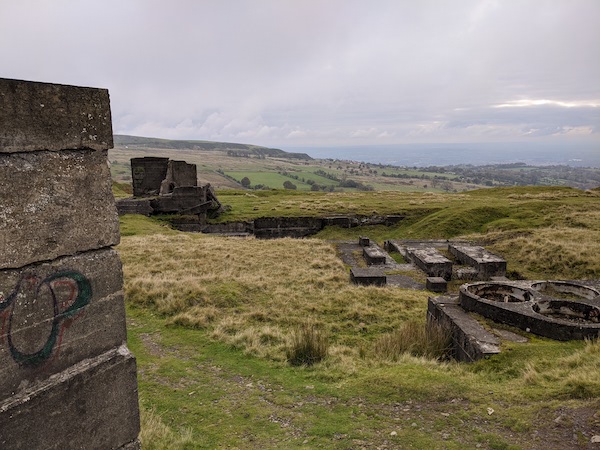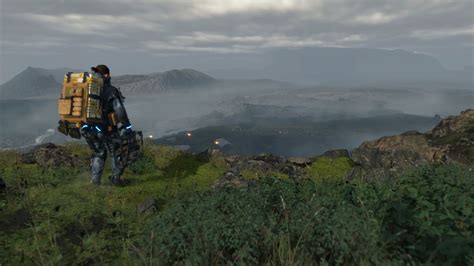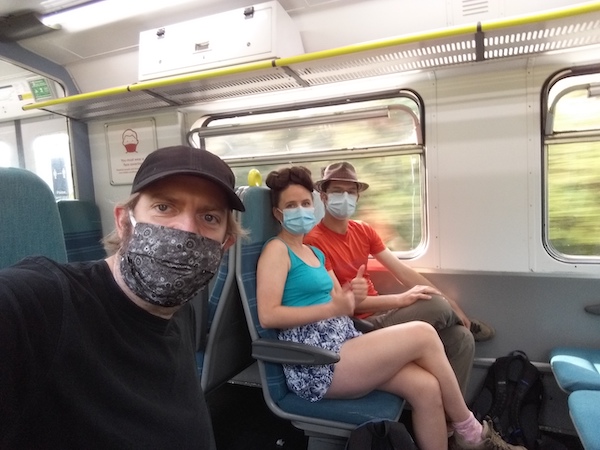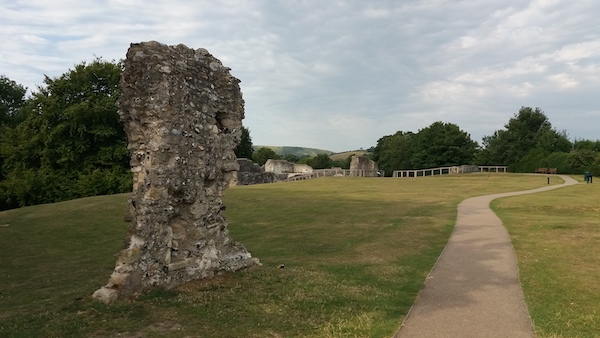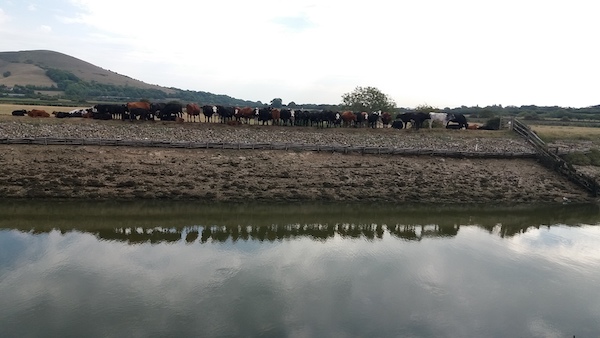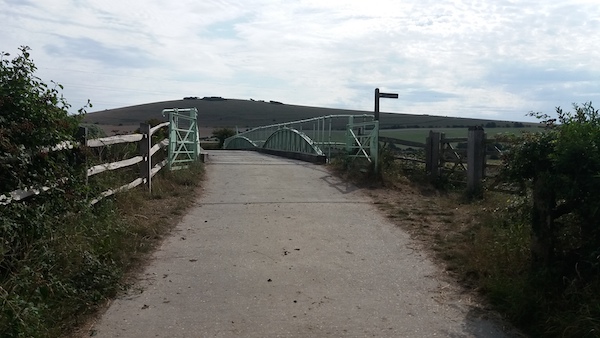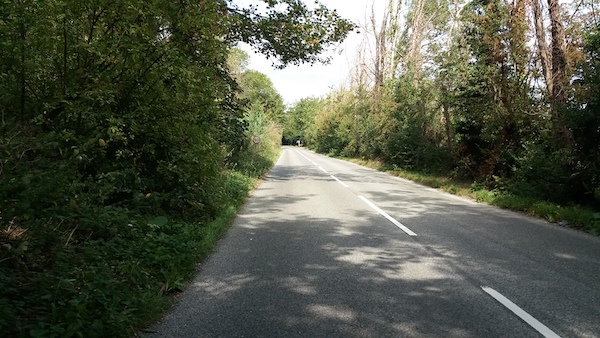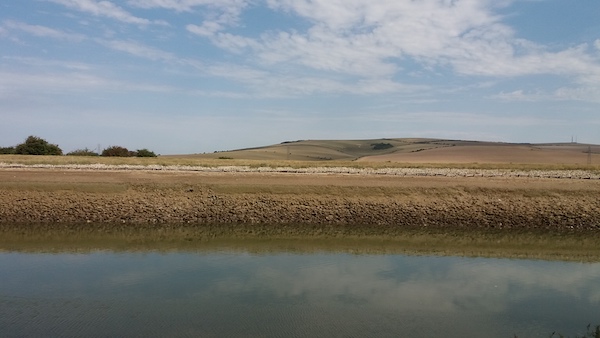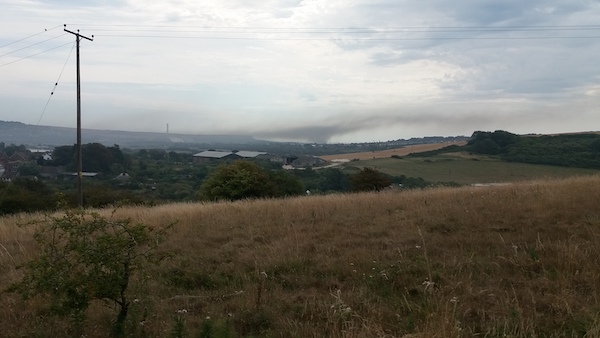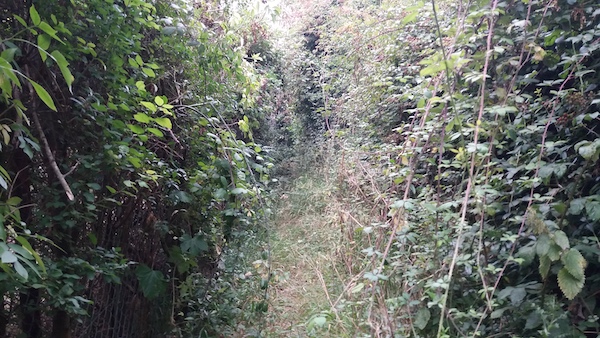Last weekend, I finished playing Death Stranding. It’s a strange game, and sometimes frustrating – not least for the ending: 40 hours of play was rewarded with hours of cut scenes to explain the plot. Still, now I’ve completed the main story, I can focus on the bits I like – making deliveries and connecting preppers to the chiral network.
Death Stranding is a game about deliveries, about taking parcels between isolated people who are unable to leave their homes. Yes, for a game released in November 2019, just before the first confirmed case of coronavirus, it’s weirdly prescient. During March, I actually spent time in the real world dropping off food and medication to people who were shielding.
My biggest frustration was with how the game shifted genre. I wanted to play a game about building and connecting, and resented being forced to pick up guns to fight people and bosses. I was at my happiest making long, lonely hikes across mountains. One of the big criticisms I’ve seen of this game is that it is simply a ‘walking simulator’. I cannot underplay how wonderful I found the portrayal of walking. It felt very close to my personal experience of hiking over rough terrain and picking the best route.
The other great thing about the game was its asynchronous multiplayer elements. You can use infrastructure created by other players and are rewarded when they use elements that you have created. I’m not quite sure how it works, but it’s fun and effective. I do wonder how this will work as the game ages. Will these connections decay as players move away and, eventually, the servers are switched off? This would be a tragedy.
One surprising thing was how traumatic some of the game’s themes were, featuring bereavement, miscarriage and mourning. It wasn’t exploitative, but it can’t be easy for everyone to deal with. In addition, after Anita Sarkeesian’s excellent work on Tropes in Gaming, it was disappointing to see a female characters made sexually vulnerable to add jeopardy.
But the game sticks with me. As I played, I found myself thinking about incomplete deliveries the morning after a session. I felt acutely the incompetence when I arrived at one destination to realise that I’d left the cargo behind.
I’ve had a week off the game, but I’m planning to return to the world of Death Stranding. I may have completed the main story, but the game allows you to continue making deliveries and building infrastructure. I’m looking forward to heading back into the mountains and visiting some of the places I missed first time round.
